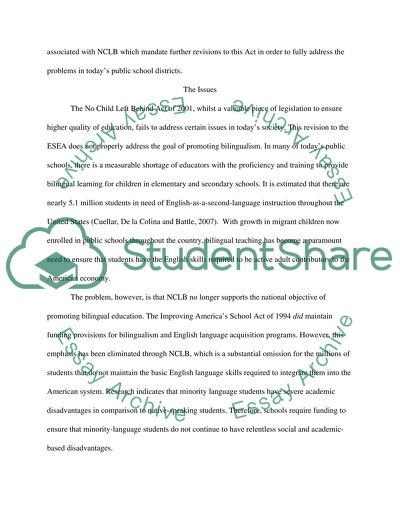Cite this document
(“The No Child Left Behind Act of 2001 (NCLB) Essay”, n.d.)
Retrieved from https://studentshare.org/law/1688212-the-no-child-left-behind-act-of-2001-nclb
Retrieved from https://studentshare.org/law/1688212-the-no-child-left-behind-act-of-2001-nclb
(The No Child Left Behind Act of 2001 (NCLB) Essay)
https://studentshare.org/law/1688212-the-no-child-left-behind-act-of-2001-nclb.
https://studentshare.org/law/1688212-the-no-child-left-behind-act-of-2001-nclb.
“The No Child Left Behind Act of 2001 (NCLB) Essay”, n.d. https://studentshare.org/law/1688212-the-no-child-left-behind-act-of-2001-nclb.


